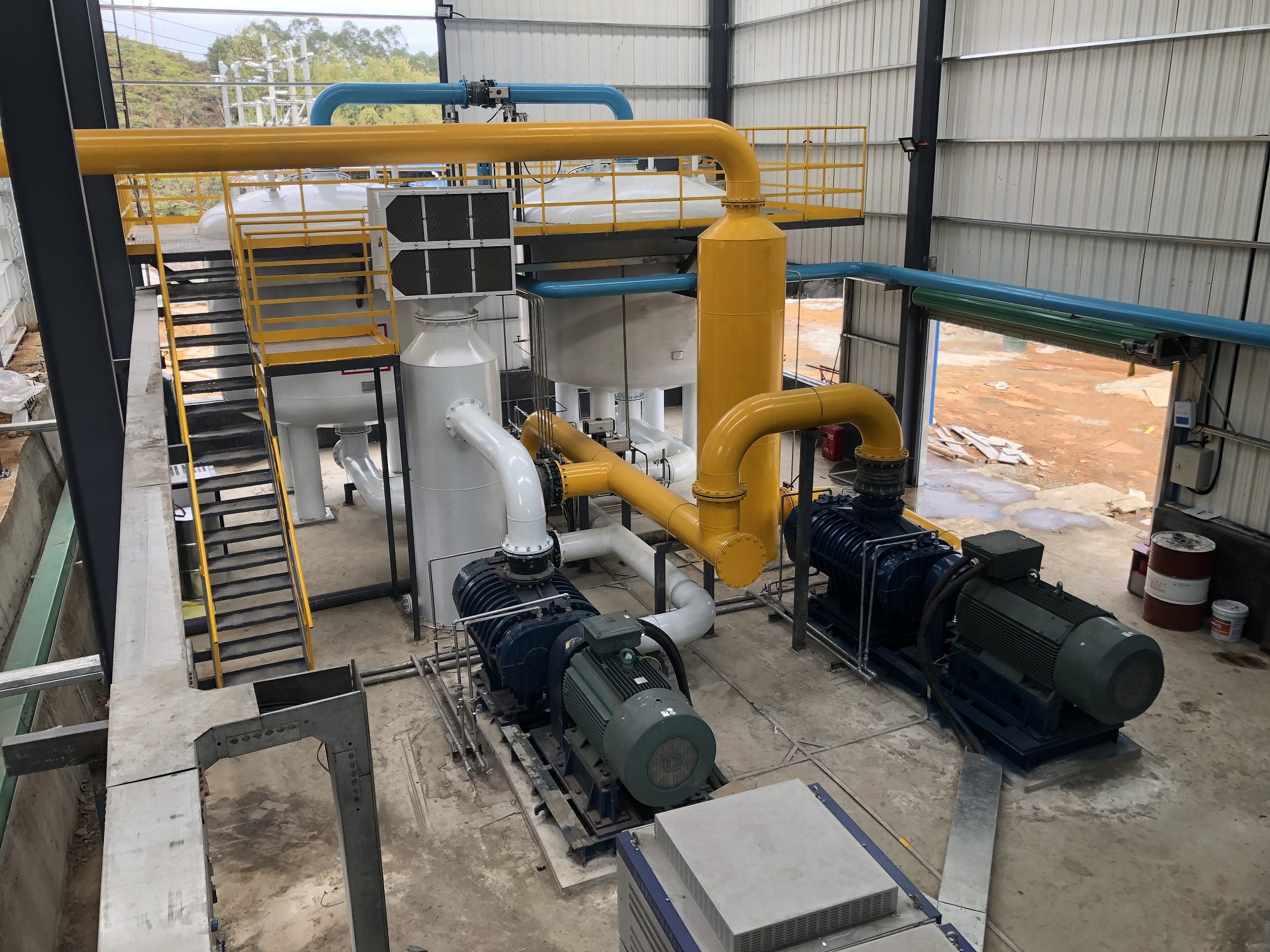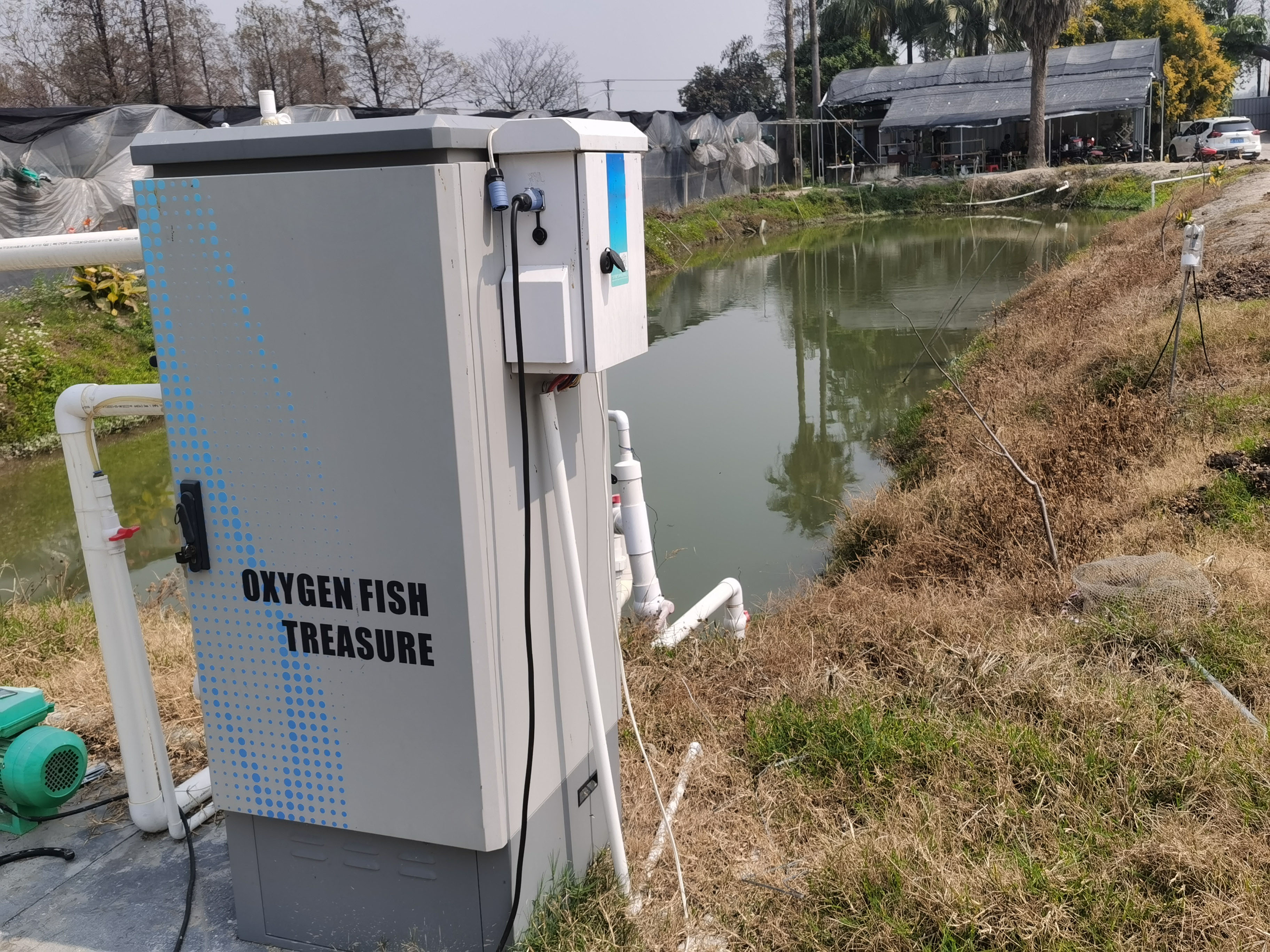How to make the liquid oxygen transportation plan?
Last late autumn, I followed my master to participate in a cross-city liquid oxygen transportation mission. It was drizzling that day. When loading the goods, a thin layer of frost formed on the outer wall of the storage tank. With each breath, white steam shot up. The driver patted me on the shoulder and said, "This is no ordinary liquid. The transportation plan has to be meticulous about every screw." It was that time that I truly engraved the words "Liquid Oxygen transportation Plan" in my mind - from the initial investigation to the actual implementation, every step was like weaving a net; missing a single thread could cause air to leak.
Let's start with the most basic preparatory work. Liquid oxygen, with a boiling point of -183℃, can vaporize and expand easily if not handled with care. Once the pressure rises, it can be very dangerous. So before taking on a task, we need to do three things first: The first is to figure out the volume of transportation. For that mission, 8 tons of liquid oxygen need to be transported. Therefore, a 10-cubic-meter cryogenic liquid tank transport vehicle should be selected because the liquid oxygen filling volume cannot exceed 95% of the tank volume, leaving 5% of the gas phase space to prevent expansion. The second is to check the route. Three days before departure, my driver and I drove the expressway twice: Which section had a continuous 3-kilometer downhill section? Which toll station has a height limit? Even the liquid nitrogen reserves at gas stations along the way were inquired about. In case the vacuum layer of the tank failed, liquid nitrogen would have to be used for emergency cooling. The third is to verify the qualifications. The driver must have a qualification certificate for transporting dangerous goods, the vehicle must have a "Road Transport Permit" (for dangerous goods), and the tank must also have a regular inspection report. The driver said that these are like a person's ID card; without any one of them, the road cannot be driven.
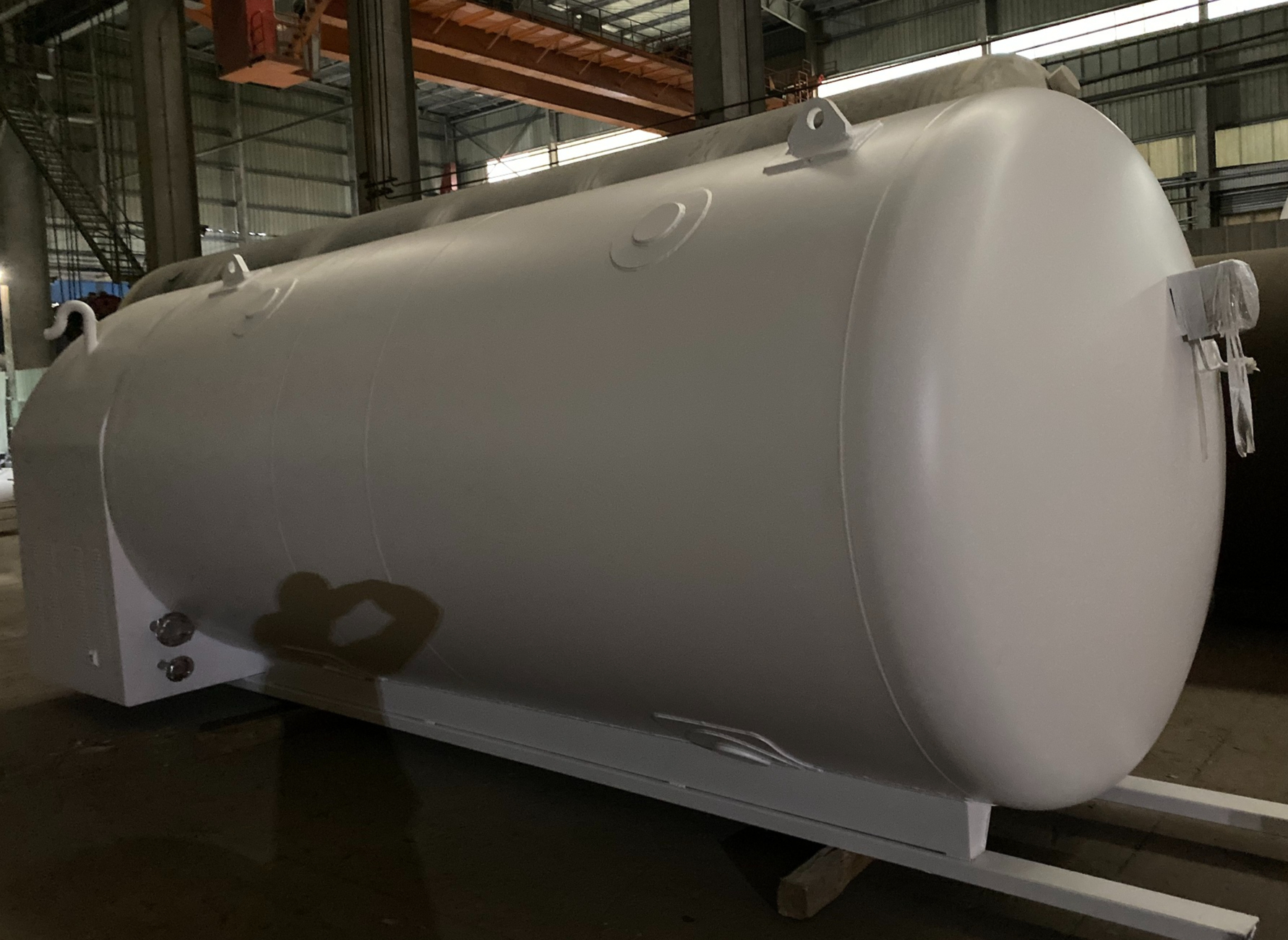
The preparatory work has been done thoroughly. The next step is to choose the right mode of transportation. There are two types of liquid oxygen tank trucks on the market: atmospheric pressure tank trucks and pressurized tank trucks. The structure of the atmospheric pressure tank truck is simple, but the transportation distance cannot exceed 200 kilometers. This is because the vaporization volume increases during long-term transportation, and the pressure is prone to exceed the standard. Pressurized tank trucks are equipped with pressurization systems and are suitable for medium and long-distance travel. However, the tank walls are thicker and the self-weight is greater, so the total weight must be calculated accurately to avoid over-speed load limits. That time we ran 380 kilometers and chose a pressurized tank truck. The tank body was a double-layer vacuum insulated structure. The inner liner was made of 06Cr19Ni10 stainless steel, the outer layer was carbon steel, and the middle was filled with perlite. The driver said that this design could keep the daily evaporation rate within 0.3% - if the evaporation rate was too high, it would have to be frequently discharged on the road, which was both dangerous and wasteful.

Route planning is the most experience-testing stage. That time when we were traveling from City A to City B, the original map recommended taking the G15 Expressway, but the driver insisted on taking a 40-kilometer detour via the G20. It was only later that I realized: There is a section of the G15 tunnel with a height limit of 4.2 meters, and our tanker truck, including the top, is 4.3 meters high. If we force our way in, it will definitely scratch us. Although G20 takes more detours, it has six lanes in both directions throughout the journey. The large truck lanes are spacious, and there are two service areas along the way where temporary stops can be made for inspection. For liquid oxygen transportation, it is required to stop every two hours to check the tank pressure, temperature and valve sealing condition. I still remember that afternoon when we passed through the mountainous area, the temperature dropped by 10℃. The driver immediately reduced the speed from 60 to 50. He said, "The lower the temperature, the greater the density of liquid oxygen, the greater the load on the tank, and the longer the braking distance. We need to predict it in advance."
Safety measures are at the core of the entire plan. Before loading the vehicle, we replaced the interior of the tank with dry nitrogen. The driver waved the oxygen meter at the tank opening and said, "The oxygen concentration must be below 2% before loading. Otherwise, the residual air will freeze when it meets the liquid oxygen, and it will be troublesome if the valve is blocked." When loading the vehicle, the connecting hoses must be made of purple copper because rubber hoses will crack at low temperatures. The filling speed should be controlled at 2 tons per hour. If it is too fast, the liquid oxygen will impact the tank wall, which may cause a sudden change in local temperature and lead to weld cracking. During transportation, a real-time monitoring screen was installed in the cab, through which the tank pressure (maintained at 0.2-0.5MPa), temperature (-180℃ to -175℃), and GPS positioning could be seen. The master said that once he encountered a situation where the pressure suddenly rose to 0.6MPa. He immediately parked the car in an open area and slowly opened the vent valve to relieve the pressure. At this time, one must not rush. The valve opening should be small to allow the gas to be discharged at a uniform speed. Otherwise, if the gas flow is too fast, static electricity will be generated, which would be very dangerous.
Emergency response plans should be like maps engraved in one's mind. When the transportation was approaching its destination, we suddenly received a dispatch call saying that heavy snowfall had hit City B and the expressway was closed. The master immediately activated the alternative route: turning onto Provincial Road S22, and at the same time contacted the consignee to adjust the pick-up time. More importantly, we selected three emergency parking spots in advance on the backup route - they must be open Spaces far from residential areas, free of open flames and with flat ground. One winter, my fellow traveler, Lao Zhang, suffered a loss. During transportation, the hose joint leaked. Lacking experience, he directly tried to twist it with his hands. As a result, his gloves were frozen hard by liquid oxygen and his fingers almost stuck to the valve. So now, in our emergency kits, apart from explosion-proof tools and dry powder fire extinguishers, there are also anti-freezing gloves, thermal blankets and first aid kits. Even a bag of wood chips is prepared - liquid oxygen will vaporize quickly if it leaks to the ground, but if it leaks into the soil, the low temperature may cause the soil to freeze and swell. Covering it with wood chips can slow down the vaporization rate and is also convenient for cleaning.
Having said so much, in fact, the liquid oxygen transportation plan is like building a house; every brick has to be placed properly. From the initial preparations to vehicle selection, from route planning to safety measures, every step is closely linked. After that mission was over, the master wrote in his notebook, "A plan is not just words on paper; it is a responsibility engraved in every detail." Now, every time I take on a new liquid oxygen transportation task, I will take out this plan and go through it - not to record the process, but to remember the caution that must be foolproof. After all, what is being transported is not only liquid oxygen, but also the safety of every vehicle and every passer-by around.

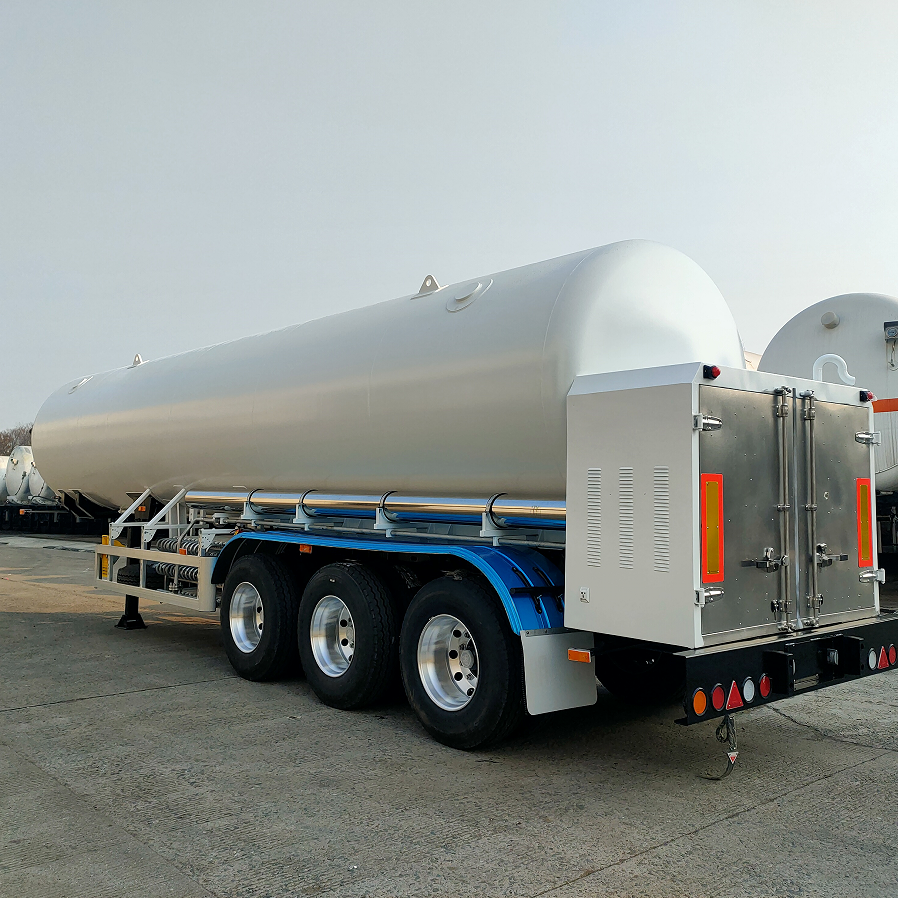


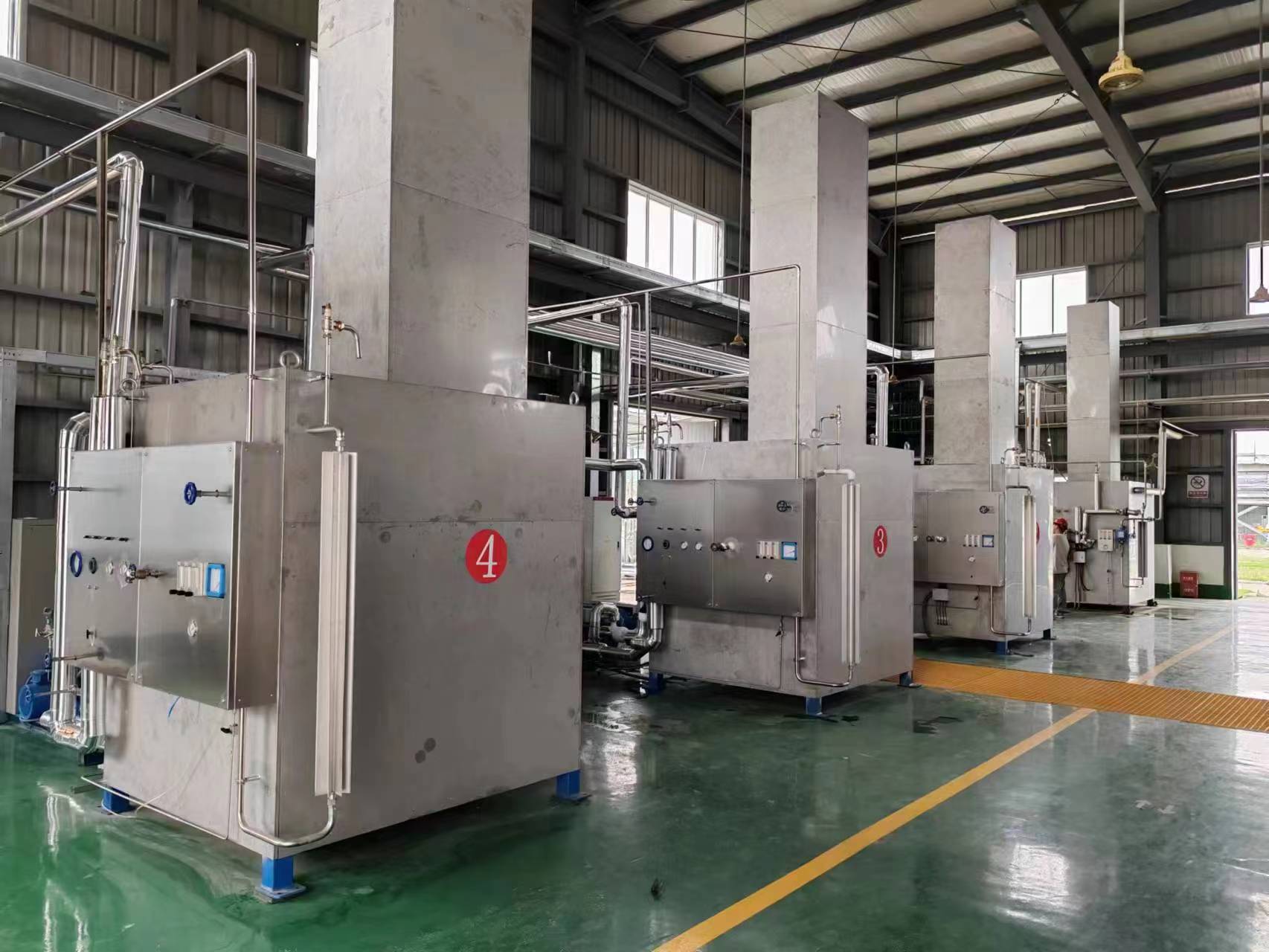
 H2 plant Hypower Project wind power to H2 2000NM3 per hour (1).jpg)
.jpg)
